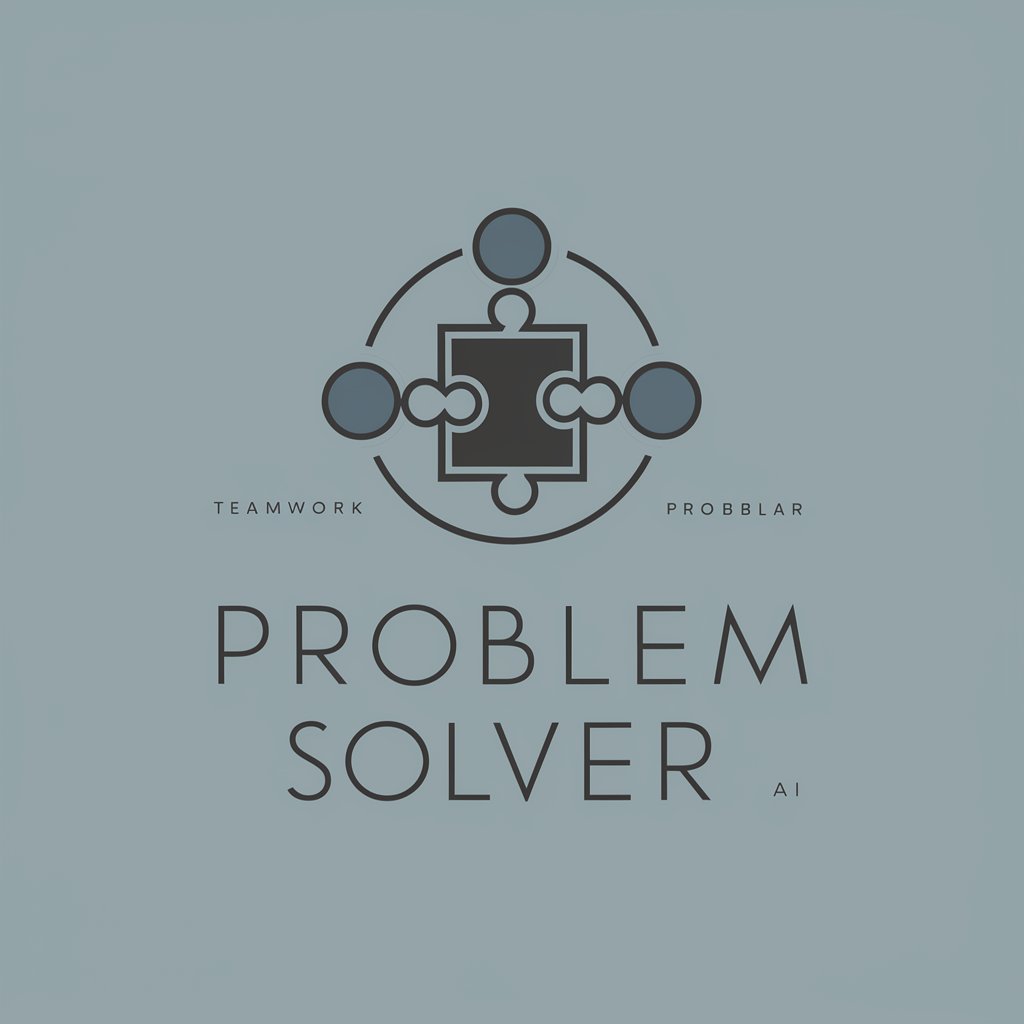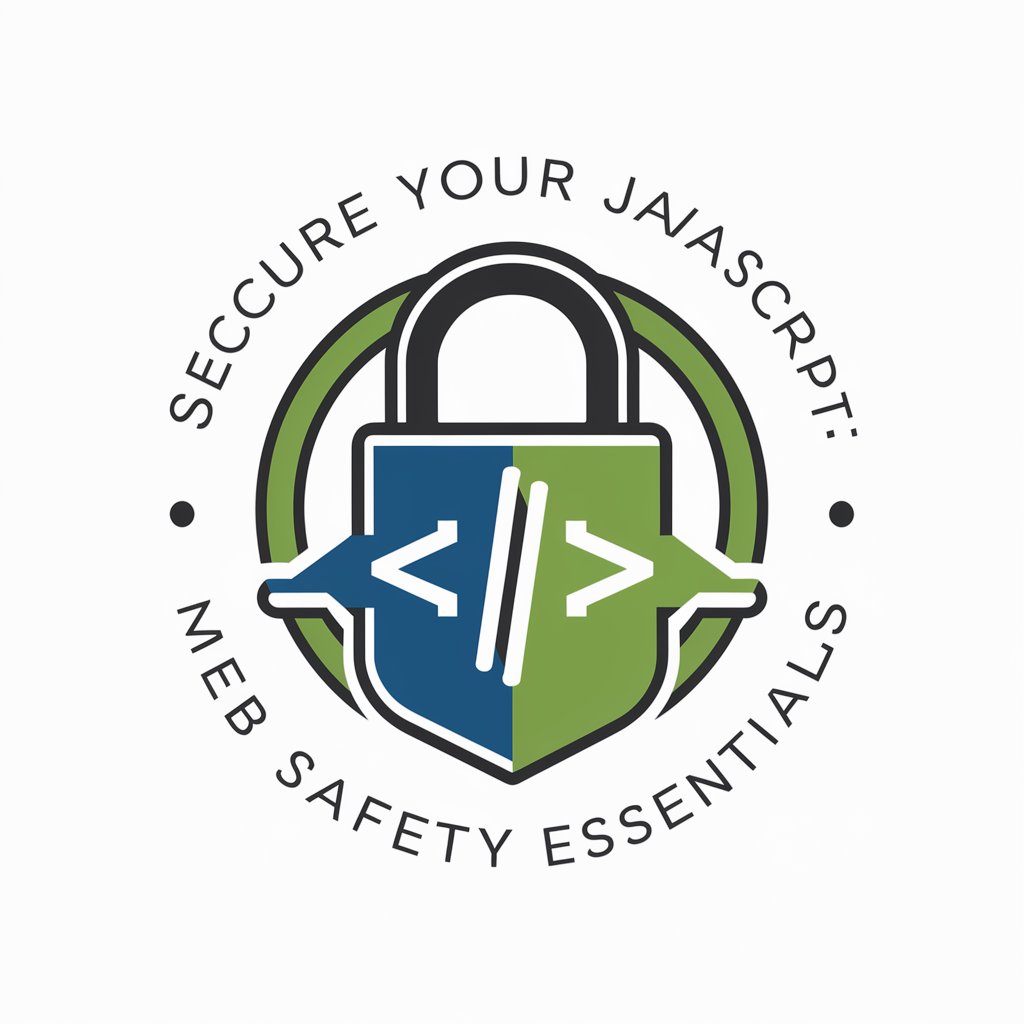Secure Your JavaScript: XSS Attack Defense Guide - XSS Defense for Web Apps

Welcome! Let's secure your JavaScript applications against XSS attacks.
Automate XSS defense with AI precision.
How can I prevent XSS attacks in my JavaScript application?
What are the best practices for data validation in JavaScript?
Can you help me implement a Content Security Policy (CSP)?
What techniques can I use to sanitize user input in my web app?
Get Embed Code
Overview of Secure Your JavaScript: XSS Attack Defense Guide
The 'Secure Your JavaScript: XSS Attack Defense Guide' is designed to serve as an authoritative resource for developers, security professionals, and IT personnel aiming to fortify JavaScript applications against Cross-Site Scripting (XSS) attacks. It encompasses a comprehensive approach to identifying vulnerabilities within web applications and implementing robust security measures to counteract such threats. At its core, the guide focuses on enhancing the security of JavaScript code through meticulous code reviews, adoption of data validation and sanitization practices, and the implementation of Content Security Policies (CSP). It offers in-depth insights into writing secure JavaScript code, equipped with practical examples such as sanitizing user inputs to prevent malicious script injections, and utilizing CSP to restrict resources the browser is allowed to load, thereby minimizing XSS risks. Powered by ChatGPT-4o。

Core Functions and Applications
Code Review & Vulnerability Identification
Example
Analyzing an e-commerce platform's checkout form JavaScript for insecure input handling.
Scenario
In this scenario, a security expert reviews the platform's code to pinpoint instances where user-provided data is inserted into the DOM without adequate validation or sanitization. The expert then suggests remediation strategies, such as implementing stricter input validation or using DOM-based APIs that automatically handle text in a safer manner.
Data Validation & Sanitization
Example
Using a library like DOMPurify to sanitize user-generated content before displaying it in a social media application.
Scenario
Here, the guide provides a detailed walkthrough on integrating DOMPurify to cleanse user-generated posts or comments, ensuring that any potential XSS vectors are neutralized before they can be rendered in other users' browsers.
Implementing Content Security Policy (CSP)
Example
Configuring CSP headers in a blogging platform to restrict the types of resources that can be loaded.
Scenario
This function involves guiding the development team through the process of setting up CSP headers, which help prevent XSS attacks by limiting where resources can be loaded from, thus ensuring that even if an attacker injects a malicious script, it won't be executed.
Target User Groups
Web Developers
Developers are the primary beneficiaries, as the guide equips them with the necessary tools and knowledge to write secure JavaScript code, thereby enhancing the security of the web applications they build.
Security Professionals
Security experts who specialize in web application security can use this guide to stay abreast of the latest XSS defense mechanisms, enabling them to better protect their organizations' digital assets.
IT Personnel and Administrators
IT staff responsible for maintaining and securing web applications will find this guide invaluable for implementing and enforcing security policies, such as CSP, to safeguard against XSS attacks.

How to Use Secure Your JavaScript: XSS Attack Defense Guide
Start Your Journey
Begin by visiting yeschat.ai to access a comprehensive trial, offering full functionality without the need for login or a ChatGPT Plus subscription.
Understand the Basics
Familiarize yourself with the principles of XSS (Cross-Site Scripting) attacks, including types like stored, reflected, and DOM-based XSS, to better understand how they can compromise web applications.
Identify Vulnerabilities
Use the guide to learn how to scrutinize your JavaScript code for common vulnerabilities that could be exploited through XSS attacks, such as improper input validation and unsanitized output.
Implement Countermeasures
Follow detailed steps to apply security measures such as input validation, output encoding, and the use of Content Security Policies (CSP) to defend against XSS attacks.
Stay Updated
Regularly review and update your security practices with the latest advancements and recommendations from the guide to protect against evolving XSS techniques.
Try other advanced and practical GPTs
Problem Solver
Empowering Decisions with AI Expertise

Winston Churchill 🇬🇧
Empower your knowledge with Churchill's wisdom

Beaver Bot
Discover Beaver Life Through AI

Eco Step Guide
Empowering Eco-Friendly Footwear Choices with AI

Azure Guide
Simplifying Azure, one step at a time.

CatGPT
Unleash your curiosity with AI-powered feline wisdom.

Secure Your JavaScript: Web Safety Essentials
Empowering secure JavaScript coding with AI

Spring Boot Secure Gateway
Secure routing for microservices with AI

City Chief Information Security Officer (CISO) Bot
Empowering Cities with AI-Powered Cybersecurity Insights
Economics Bot
Empowering economic understanding through AI

Dialogue Assist AI
Deepen Your Conversations with AI

Rubric Driven Grading Assistant
Streamlining Grading with AI Precision

FAQs about Secure Your JavaScript: XSS Attack Defense Guide
What is XSS and why is it dangerous?
XSS (Cross-Site Scripting) is a type of security vulnerability in web applications that allows attackers to inject malicious scripts into content viewed by other users. It's dangerous because it can be used to steal sensitive information, hijack user sessions, and deface websites.
How does this guide help prevent XSS attacks?
The guide provides in-depth strategies for identifying XSS vulnerabilities in JavaScript applications and implementing robust defenses, including input validation, output sanitization, and the use of Content Security Policies (CSP).
Can this guide help with both server-side and client-side JavaScript?
Yes, it covers security practices relevant to both server-side and client-side JavaScript, offering comprehensive protection strategies across the full stack of web development.
Is there a particular JavaScript framework or library that works best with this guide?
While the guide offers general principles applicable to any JavaScript environment, it includes specific tips for popular frameworks like React, Angular, and Vue.js, which have built-in features to mitigate XSS risks.
How often should I review my code for XSS vulnerabilities?
Regular code reviews are crucial for maintaining security. It's recommended to review your code for XSS vulnerabilities during development, before deploying major updates, and periodically as part of your maintenance routine.
